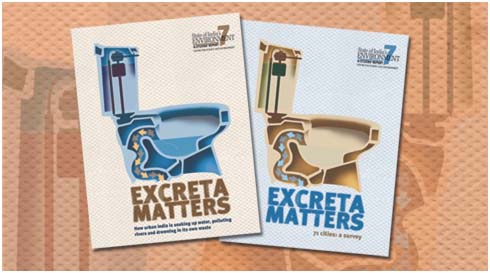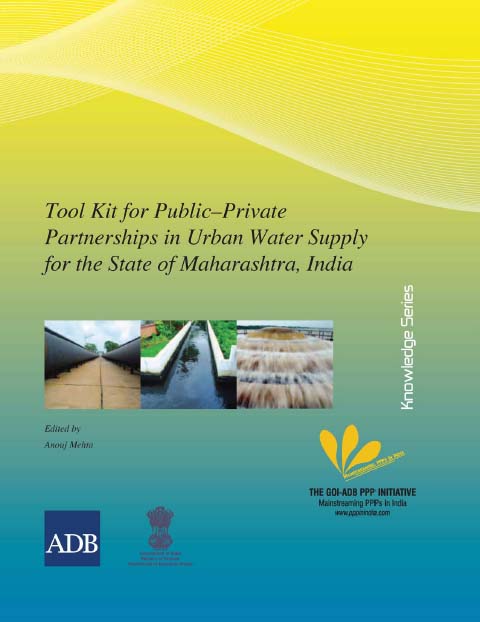/topics/urban-sanitation
Urban Sanitation
Wastewater recycle and reuse The need of the hour Report of a workshop in April 2012 organised by Ministry of Urban Development
Posted on 22 Nov, 2014 10:30 AMA one day workshop on "Wastewater Recycle and Reuse: The need of the hour' was organized by Ministry of Urban Development, Government of Indi
Privatisation of water services in New Delhi Myth and reality Report by Water Privatisation Commercialization Resistance Committee
Posted on 22 Nov, 2014 10:30 AMResidents of Delhi have been protesting against privatisation of water atleast since 2005.
Background information for the Twelfth Year Plan Reports of the Planning Commission working groups
Posted on 22 Nov, 2014 10:30 AMThe Twelfth Five Year Plan of the Government of India commences during the year 2012-13. This plan has been developed following the recommendations of a number of Working Groups covering 26 different areas.
Excreta Matters A profile of the water and sewage situation in 71 Indian cities A report by the Centre for Science and Environment
Posted on 22 Nov, 2014 10:30 AMGuset post: Amita Bhaduri

Source: Excreta Matters, Centre for Science and Environment, 2012
People in National capital territory of Delhi are far away from safe drinking water : Role of governance and civil society
Posted on 22 Nov, 2014 10:30 AMContextualising urban water supply in a changing environment India Urban Conference November 1720 2011
Posted on 22 Nov, 2014 10:30 AMIt aimed to set the challenges faced by urban planners in the current economic, socio-political, and ecological landscape. This would enable informed and negotiated choices on urban development. The stated objectives of the conference are as follows:
Communal toilets in urban poverty pockets - A WaterAid report
Posted on 22 Nov, 2014 10:30 AMThis report published by WaterAid describes the findings of the study conducted in seven poverty pockets in Bhopal to look at patterns of use of communal latrine facilities. Much has been invested in building communal and public toilets and more resources are likely to continue to support this form of sanitation in dense urban areas in India.
However, there is no evidence available that is needed to quantify their potential contribution to reducing open defecation and faecal pollution in these environments, and identify those design features and management factors that encourage the highest usage rates by all household members. Also there is no information available on the impact of age and gender related differences in patterns of use.
Public Private Partnerships in urban water supply for Maharashtra Tool kit by GoIADB PPP Initiative
Posted on 22 Nov, 2014 10:30 AM
The various possible PPP structures for the sector were studied, and their applicability assessed in the context of the selected sample cities. Consultations led to development of term sheets for these PPP structures, which were identified as most suitable and feasible for implementation.
The above exercise has led to development of this report, which may be considered as a tool kit designed to help decision makers decide whether a particular project might be suitable for the PPP route or not. The tool kit can, therefore, be the basis for approving a project implementation structure as part of the overall project approval methodology.
Uttar Pradesh Urban Sanitation Policy Jawaharlal Nehru National Urban Renewal Mission Government of India 2010
Posted on 22 Nov, 2014 10:30 AMThe factors that lead to this poor sanitation situation in the city include:
Capacity and investment in the water supply and sanitation sectors - Guidelines in respect of participation of cooperative institutions 2006 Water Supply and Sanitation Department Government of Maharashtra
Posted on 22 Nov, 2014 10:30 AMIt argues that this is because civil bodies are facing many problems due to urbanisation and increasing demand from the residents. There is a need to increase efficiency in the water supply and sewage.





